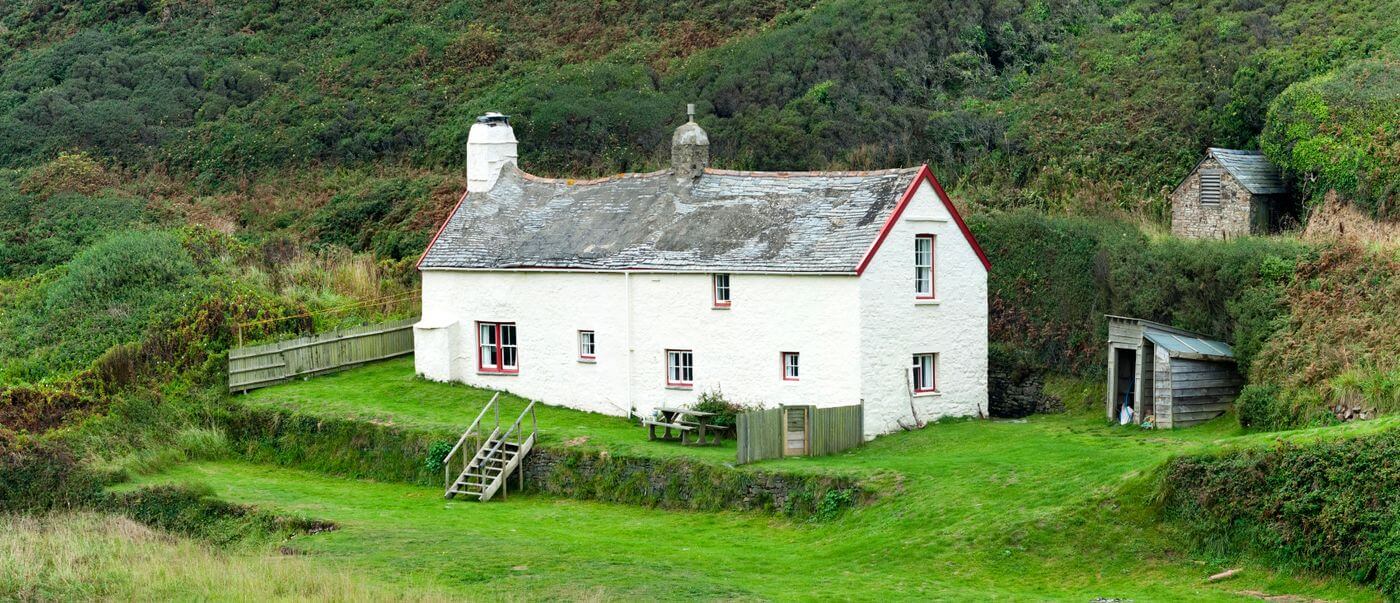01732 360 095
Health Implications of Condensation
Dampness caused by condensation is not only detrimental to the property’s structure, but also has health implications.
Condensation is more common between October and April, when the temperature difference between the warm air in the house and the cold air outside is greatest. The key to reducing condensation is to ensure sufficient ventilation and to ensure the external walls of the property are not damp – a damp wall is a cold wall, as the air spaces within the wall material become filled with water, which is a poor insulator, instead of air, which is an excellent insulator.
A Few Handy Tips to Help Prevent Condensation
When cooking, use an extractor fan, or open the window if possible.
If you can’t open the windows for ventilation, ensure trickle vents are open.
During showering, ensure the extractor fan is operational and the window open if possible. Keep the bathroom door closed as long as possible to ensure excess moisture does not escape to other parts of the property.
Ensure that the tumble dryer has correct and adequate ventilation to the outside of the building.
Install humidistat units to control the humidity within the air.
Products for Treating Condensation and Damp Walls
Condensation is directly associated with mould growth, if you think you have a persistent problem contact us for advice.
Improving the thermal efficiency of the wall will greatly reduce incidence of condensation. Read more about how to do this in our article on Improving Thermal Efficiency of External Walls.
Customer Success Stories
Our latest customer reviews from Feefo - the award winning review platform

Speak to our friendly, expert team
Our staff are able to provide guidance for projects of all sizes, whether you require some general advice about damp or waterproofing, or support with technical drawings and specifications.


















